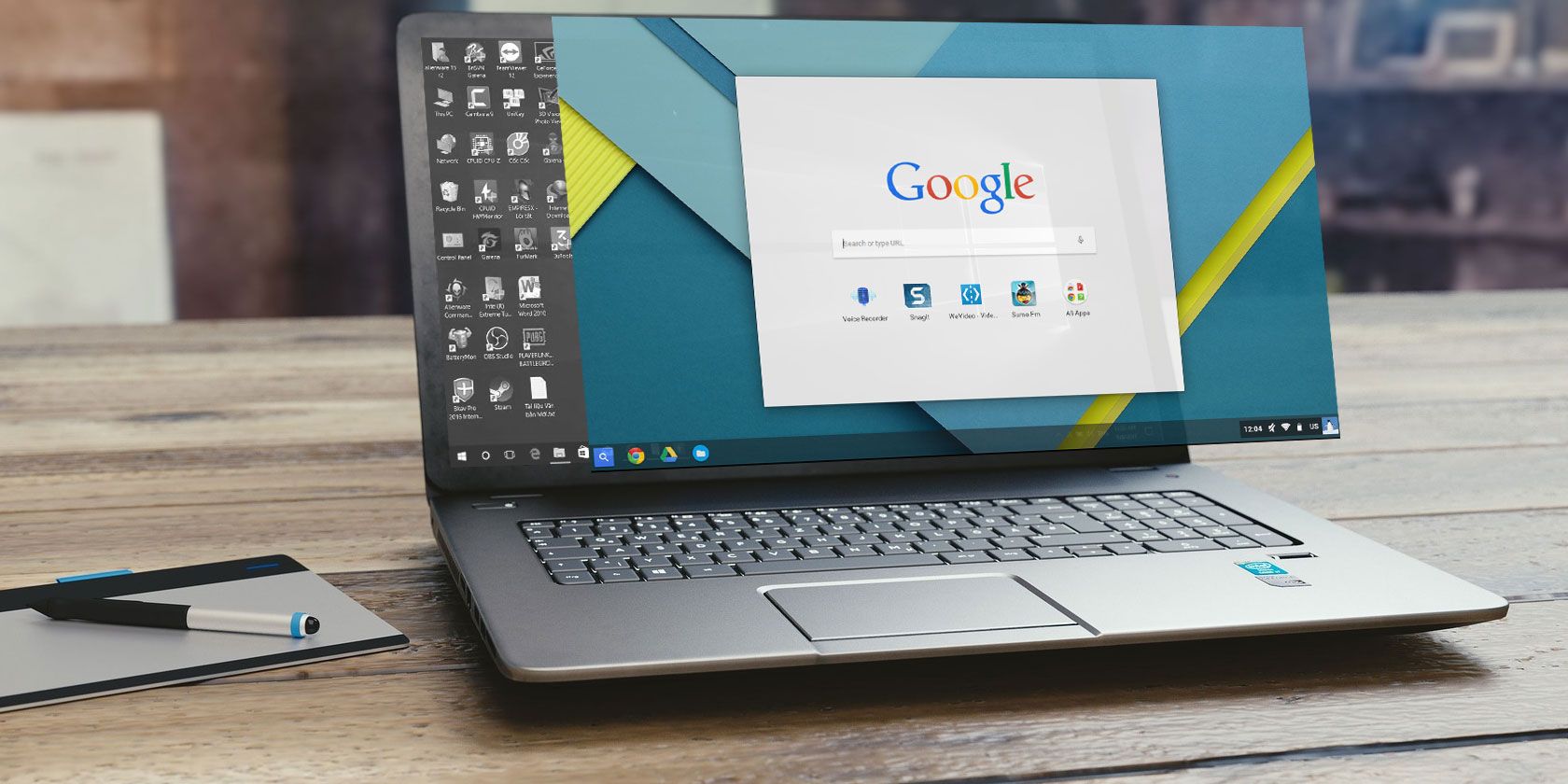

This is where all of the – you guessed it – Linux files are stored. If you open the Files app, you’ll notice there’s a new item named Linux files.Right now there will only be one item – Terminal.There will also be a new Linux apps item in your App Drawer.You’ll know the installation was successful when a Terminal window appears.Now Linux will install – which won’t take very long.If the hard drive in your Chromebook is particularly small, you can lower the size. Unless you have reason not to, leave the Disk size at the recommended size.

Type in the username you’d like to use in Linux (the default is perfectly fine).Scroll down to the Linux (Beta) option and select it.Scroll down to the Settings icon and select it.Now that you’re sure you’re using the latest version of Chrome OS, click (or tap if you have a touchscreen device) the Launcher button found on the bottom left corner of your Chromebook screen.There are a whole bunch of reasons you’ll want to make sure you’re using the latest version of Chrome OS, one of the big ones is that Linux apps only recently got audio support. Before you do anything, make sure your Chromebook is running the latest version of Chrome OS (link will open in a new tab/window).Let’s jump right in! Setup Linux on Your Chromebook
HOW TO INSTALL LINUX CHROMEBOOK HOW TO
Then, we’ll show you how to install the GNOME Software Center – which is kind of like an App Store for Linux. This guide is broken into two sections – the first is setting up Linux on your Chromebook. This step-by-step guide will explain how to install Linux on your Chromebook and then show you how to install Apps and/or games via the “command line” and the GNOME Software Center (think ‘App Store’).


 0 kommentar(er)
0 kommentar(er)
